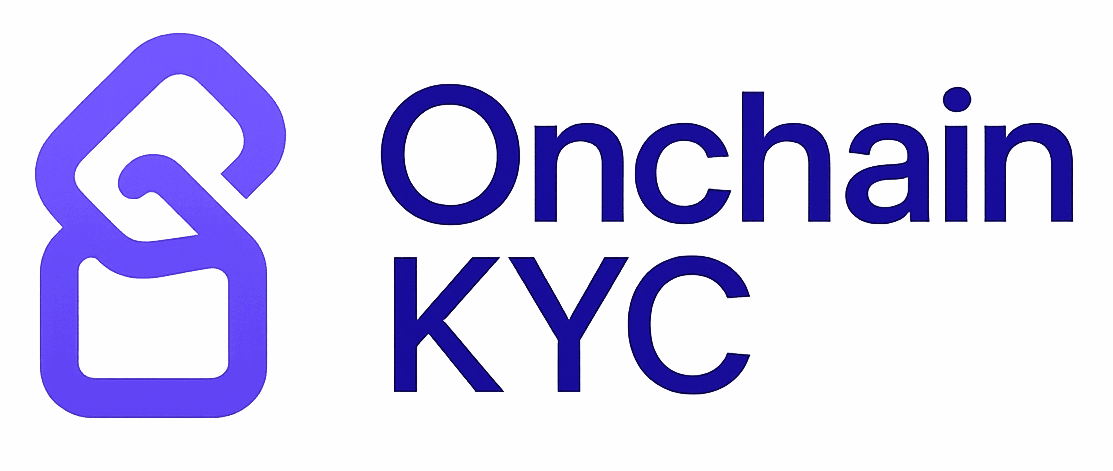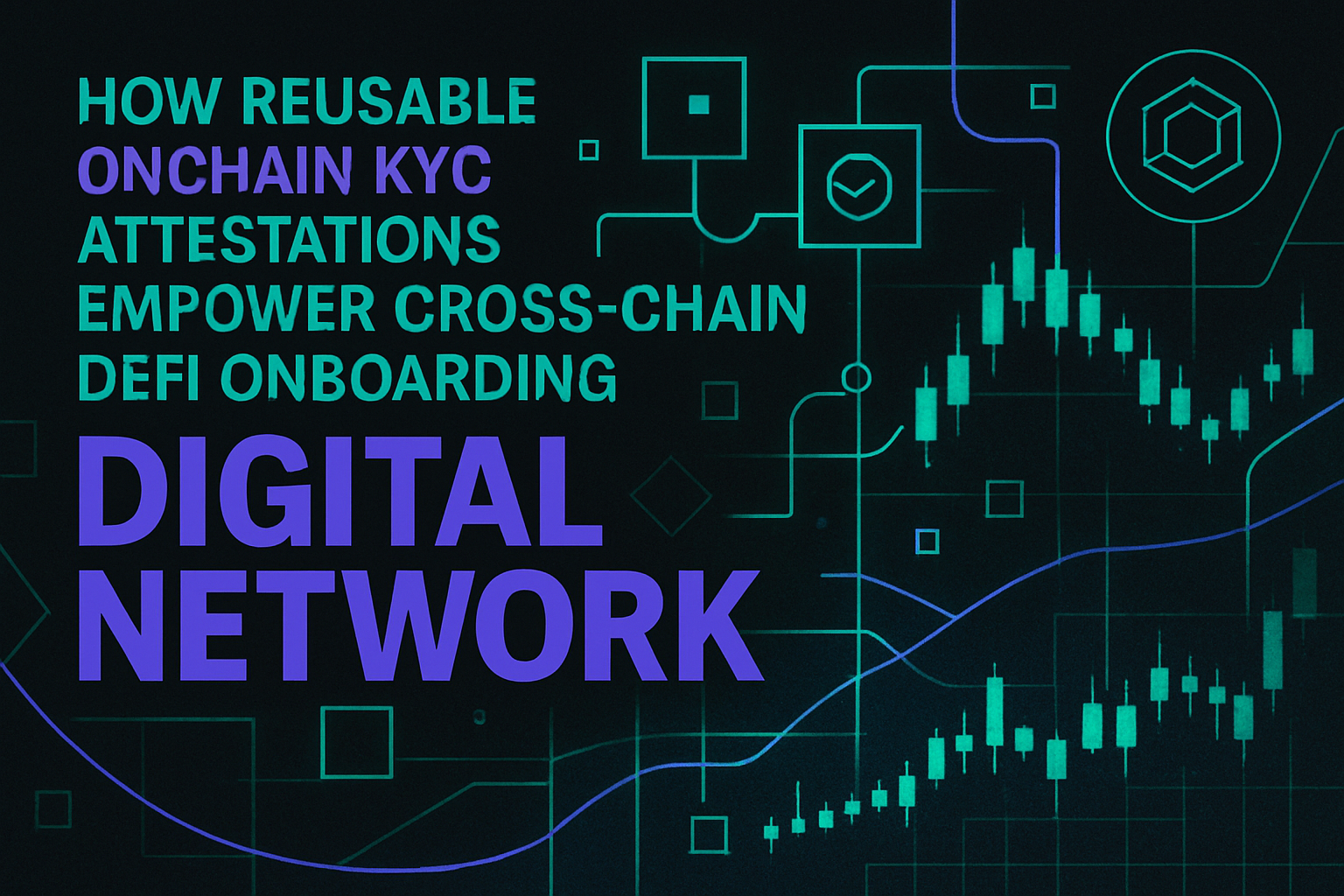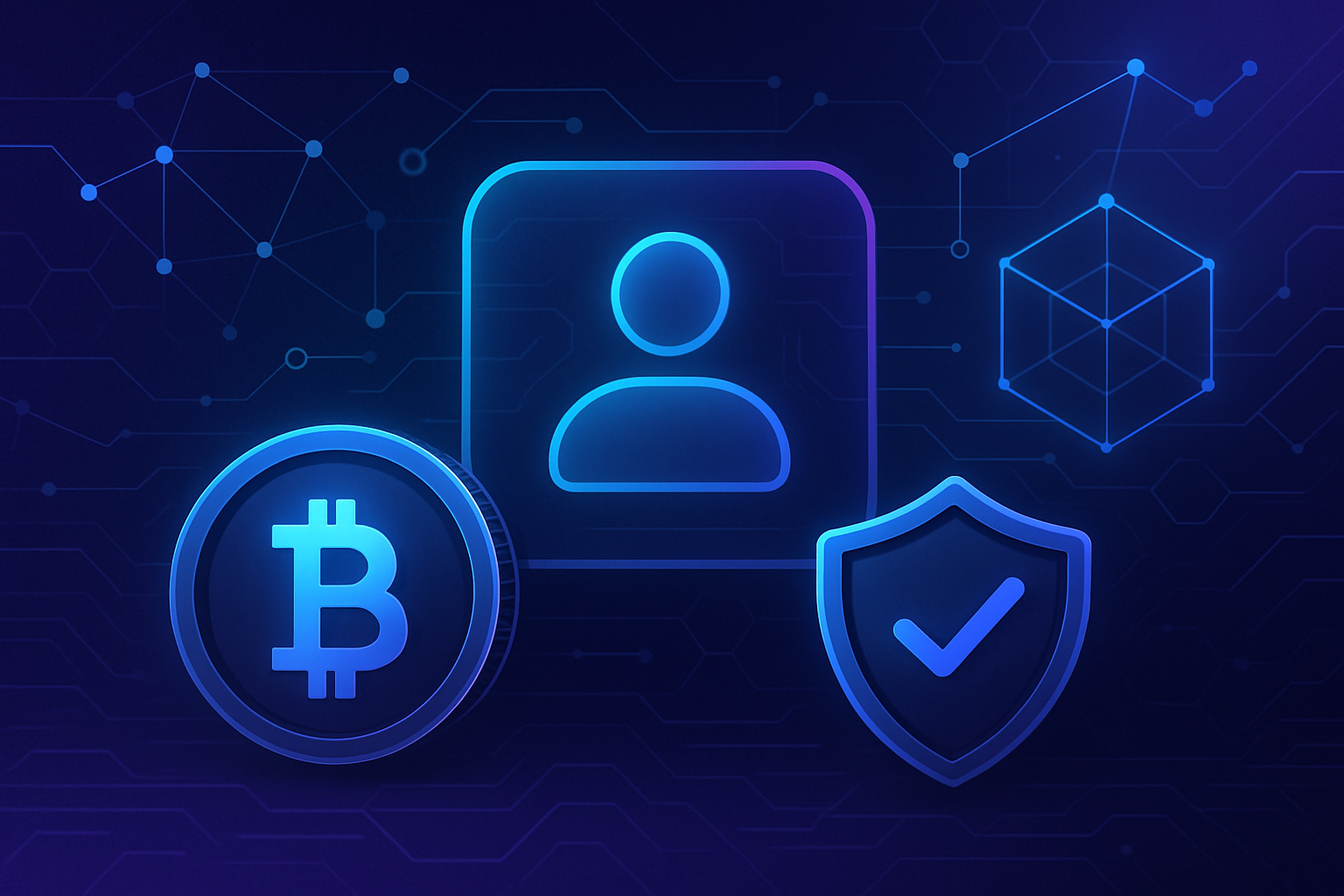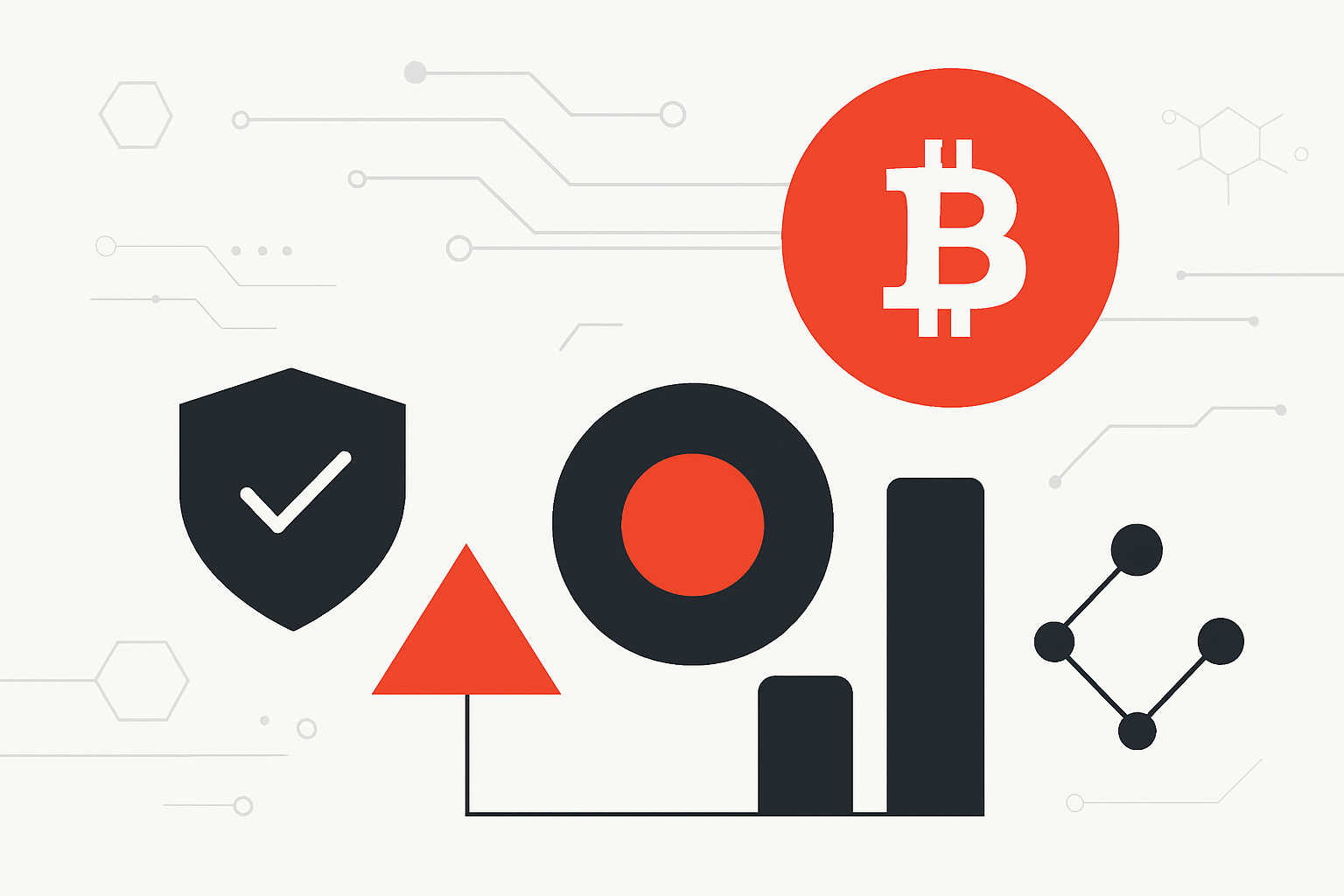
As decentralized finance (DeFi) matures, regulatory pressure on KYC compliance is intensifying. Traditional identity verification systems, centralized, repetitive, and privacy-invasive, are fundamentally misaligned with DeFi’s ethos of permissionless access and user sovereignty. Onchain attestations for KYC are rapidly emerging as the bridge between regulatory requirements and decentralized innovation, offering cryptographic proofs of compliance directly on blockchain networks.
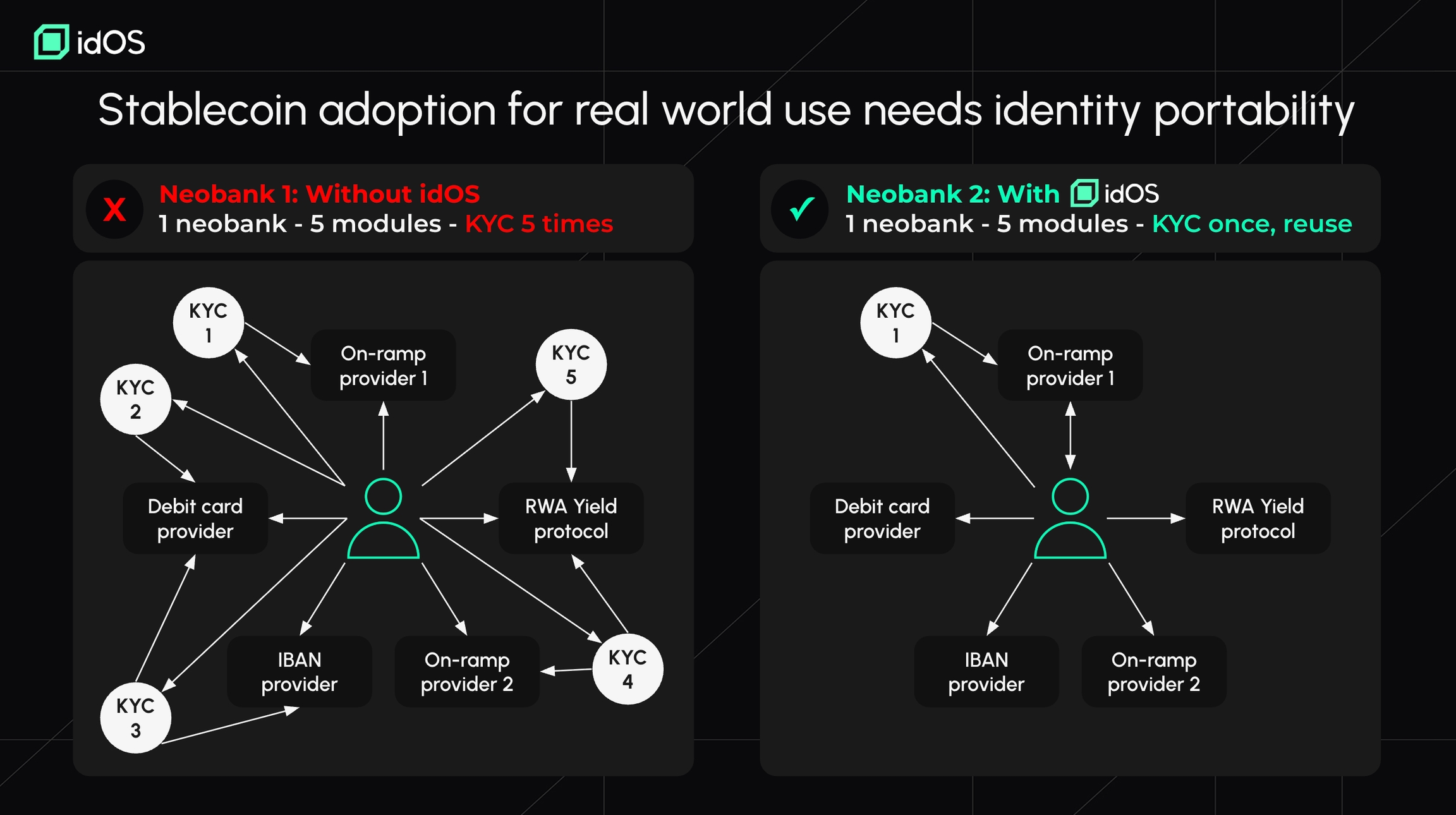
Why Onchain Attestations Are Transforming DeFi KYC
Onchain attestations leverage blockchain’s immutability and transparency to create reusable, verifiable credentials for users who have completed KYC checks. Instead of submitting sensitive documents to every new protocol, users receive a cryptographic proof, an attestation, that can be presented across multiple platforms. This not only preserves privacy but also dramatically streamlines onboarding and compliance operations.
Privacy Preservation is a core advantage. With zero-knowledge proofs (such as those used by zkMe’s zkKYC), users can demonstrate regulatory compliance without exposing personal data. This approach mitigates the risk of data breaches and aligns with global privacy standards.
Efficiency and Reusability are equally critical. Once a user’s address has an onchain KYC credential, it can be instantly recognized by any integrated DeFi protocol or allowlist manager. This removes redundant verification steps, reduces friction for token sales or gated communities, and accelerates user acquisition for dApps.
Real-World Implementations: From Blockpass to Attest Protocol
The market is already seeing robust solutions:
- Blockpass’s On-Chain KYC® 2.0: Issues reusable digital identity attestations across Ethereum, Solana, and other chains.
- Attest Protocol: Empowers developers to integrate schema-based identity proofs with minimal code.
- Altme and TezID (Tezos): Deliver privacy-preserving onchain KYC/AML attestations tailored for the Tezos ecosystem.
This interoperability means that a single attestation can unlock access to dozens of platforms, whether you’re joining an exclusive DAO community or participating in a regulated token sale. For a technical deep dive into how these workflows eliminate repeated verifications for allowlist managers and DeFi projects, see this guide.
The Compliance Edge: Security Without Sacrificing Decentralization
Onchain KYC credentials are not just about efficiency, they’re fundamentally more secure. By distributing trust across a transparent ledger rather than relying on siloed databases, these solutions reduce single points of failure and align with the decentralized nature of Web3 infrastructure.
This model is gaining traction among institutional players as well. The Chainlink Automated Compliance Engine (ACE) exemplifies how modular standards are being developed to unify compliance processes across protocols, making it easier for projects to attract institutional capital without compromising user autonomy or security.
Regulators and industry leaders are converging on the notion that blockchain identity verification is no longer a futuristic concept but a practical necessity for sustainable DeFi growth. As more platforms implement onchain attestations for KYC, the advantages become self-reinforcing: users gain seamless access to new services, while protocols can focus on innovation rather than regulatory bottlenecks.
Consider the recent partnership between Sumsub and Binance’s BNB Attestation Service, which allows users to convert verified Web2 credentials into reusable onchain attestations. This interoperability not only bridges the gap between traditional and decentralized systems but also creates a fluid compliance experience across the Web3 landscape. The result is a more inclusive ecosystem, where regulatory compliance does not come at the expense of user privacy or platform agility.
Unlocking New Use Cases for DeFi and Beyond
The impact of decentralized KYC solutions extends far beyond regulatory checkboxes. Onchain attestations unlock a new class of composable, permissioned DeFi primitives:
- Allowlist Automation: Token sales and gated airdrops can instantly verify participant eligibility, reducing manual review and fraud risk.
- DAO Governance: Communities can enforce sybil resistance and jurisdictional compliance without ever accessing private user data.
- Cross-Chain Credentials: Projects like Blockpass and Attest Protocol are building multi-chain standards, enabling users to port their KYC status across Ethereum, Solana, Tezos, and more.
This paradigm shift is especially relevant for allowlist managers and token sale organizers seeking scalable compliance solutions. For a deeper exploration of how onchain attestations streamline these workflows, refer to this resource.
Challenges and the Road Ahead
No technology is without trade-offs. The adoption of onchain KYC credentials raises important questions around interoperability standards, regulatory acceptance in different jurisdictions, and long-term privacy guarantees. Initiatives like Chainlink ACE are addressing these concerns by providing modular, auditable frameworks that can adapt to evolving compliance requirements while preserving the trustless ethos of DeFi.
The next phase will likely see further convergence between zero-knowledge proof systems, decentralized identity frameworks, and institutional-grade compliance engines. As these tools mature, expect to see broader acceptance from both regulators and mainstream users, making seamless onboarding and privacy-preserving compliance the default for DeFi platforms worldwide.
Final Thoughts: Building Trust Without Compromise
The future of KYC compliance in DeFi is not about choosing between privacy or regulation, it’s about leveraging cryptographic innovation to achieve both. Onchain attestations offer a scalable path forward for protocols, users, and institutions alike. By replacing repetitive document checks with reusable blockchain credentials, DeFi can finally deliver on its promise of open access without sacrificing security or trust.
For more insights into how onchain attestations are transforming user experience in Web3 onboarding, see this deep dive.
